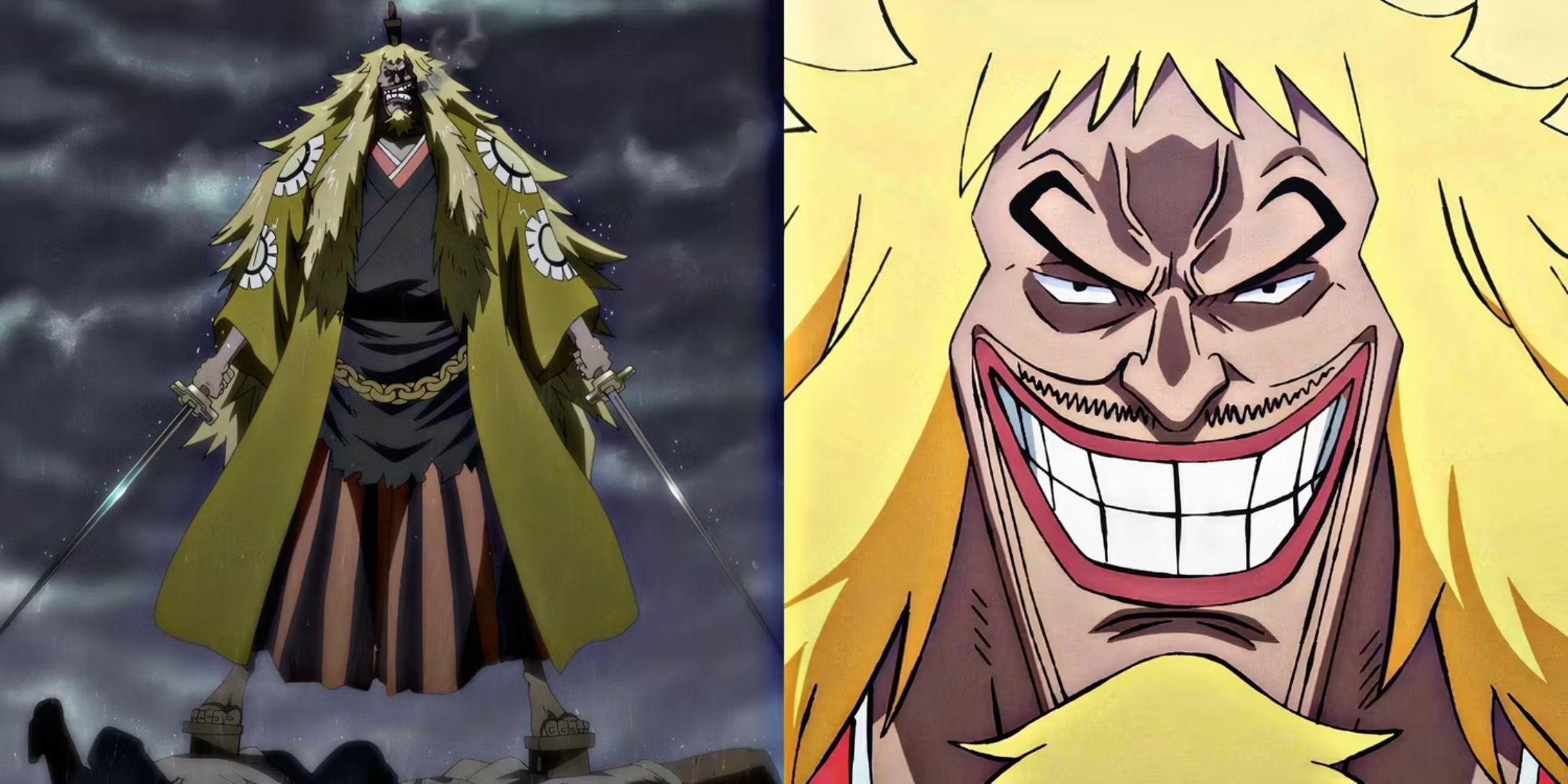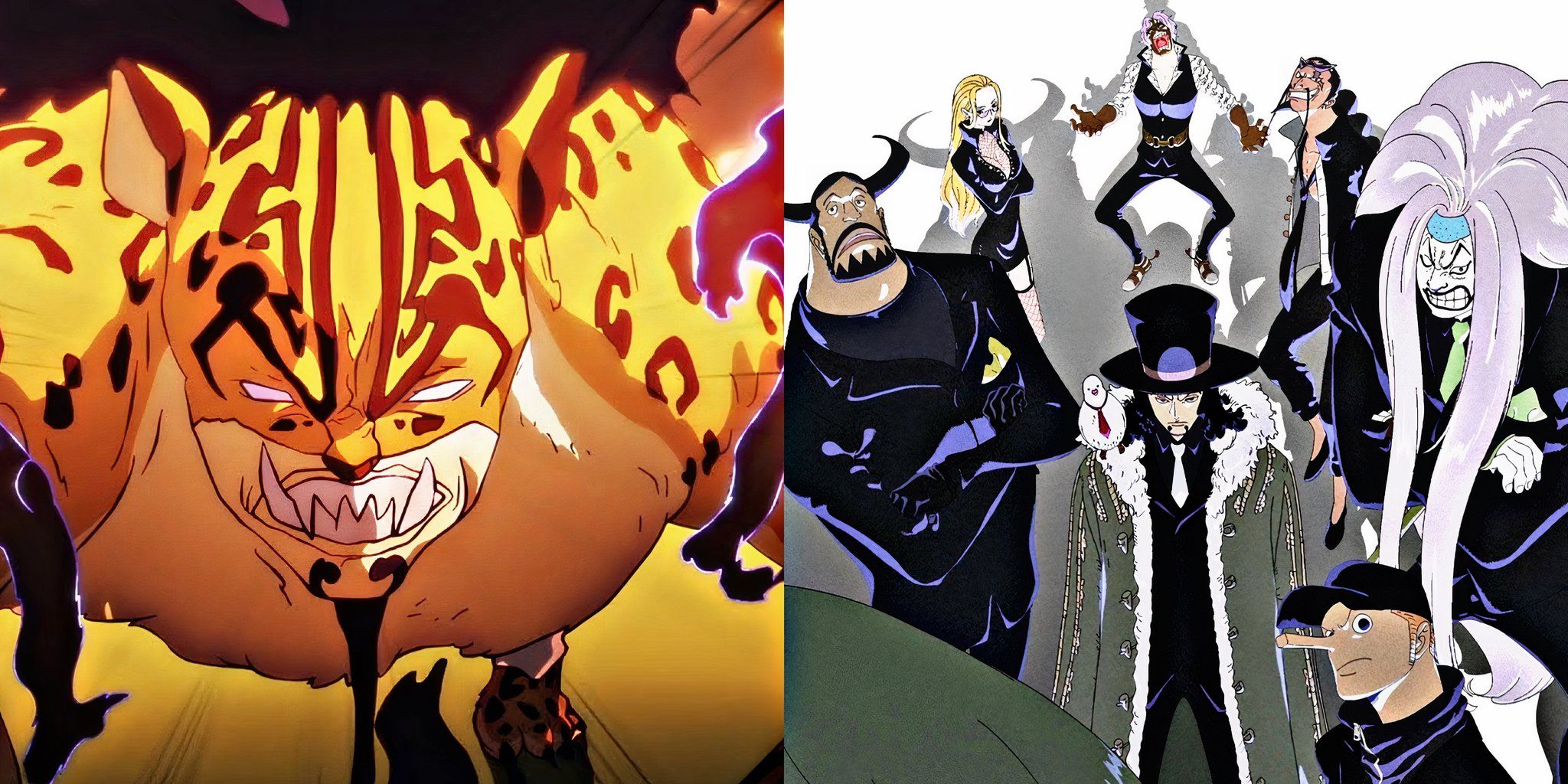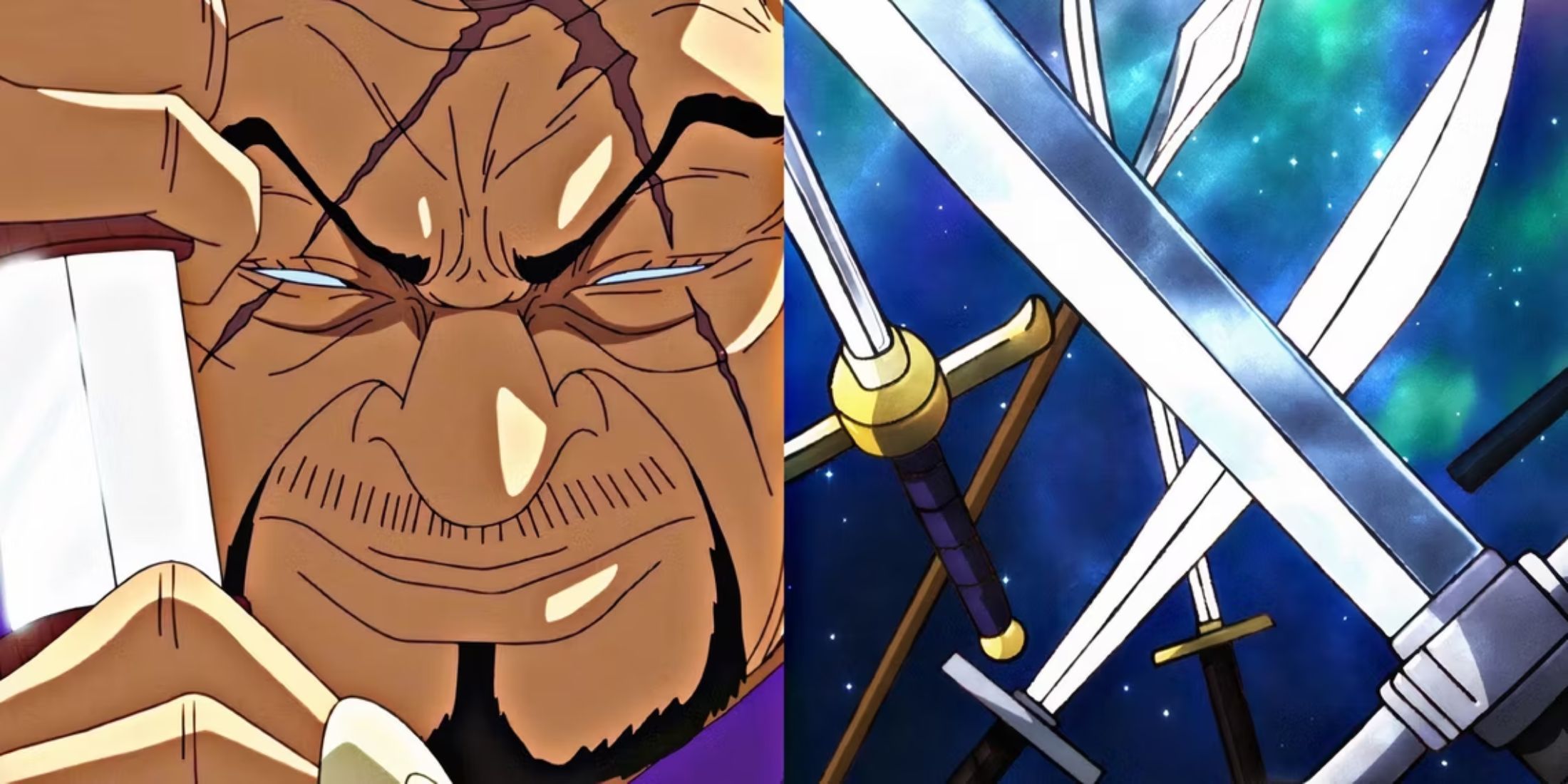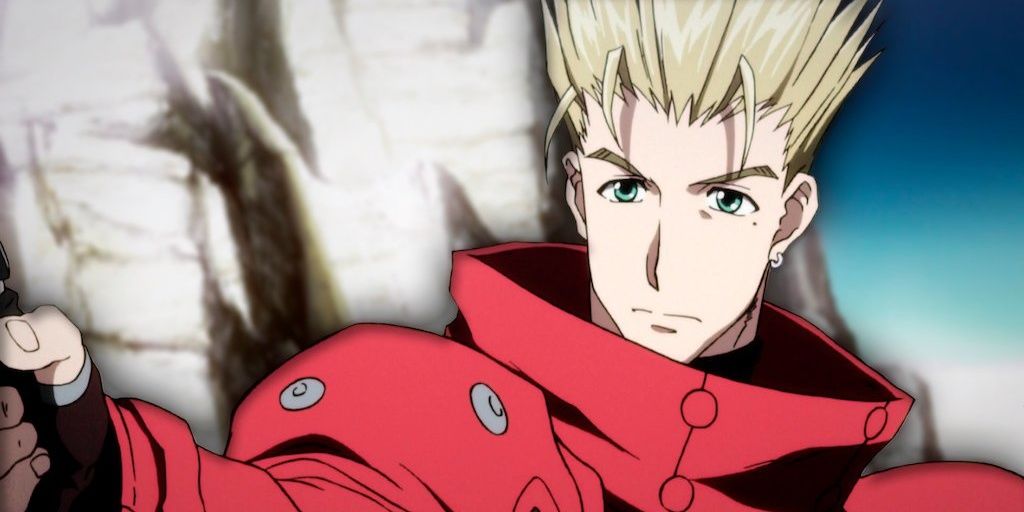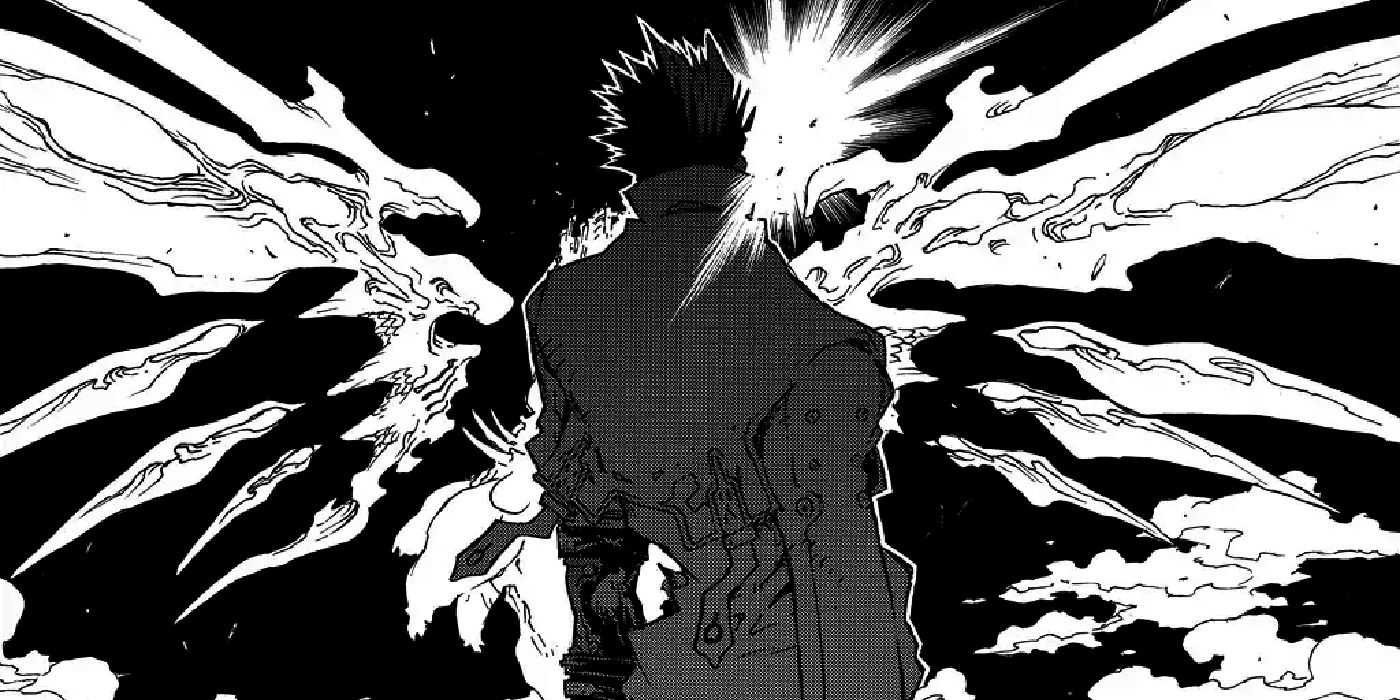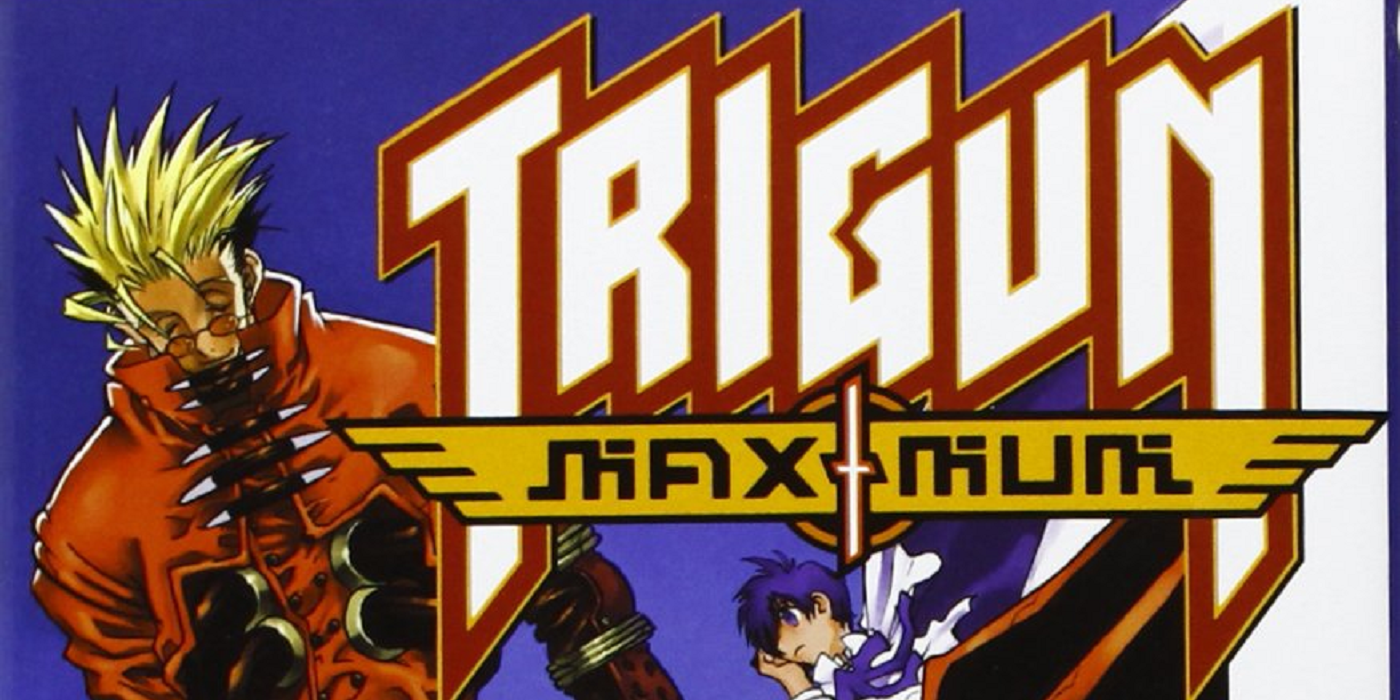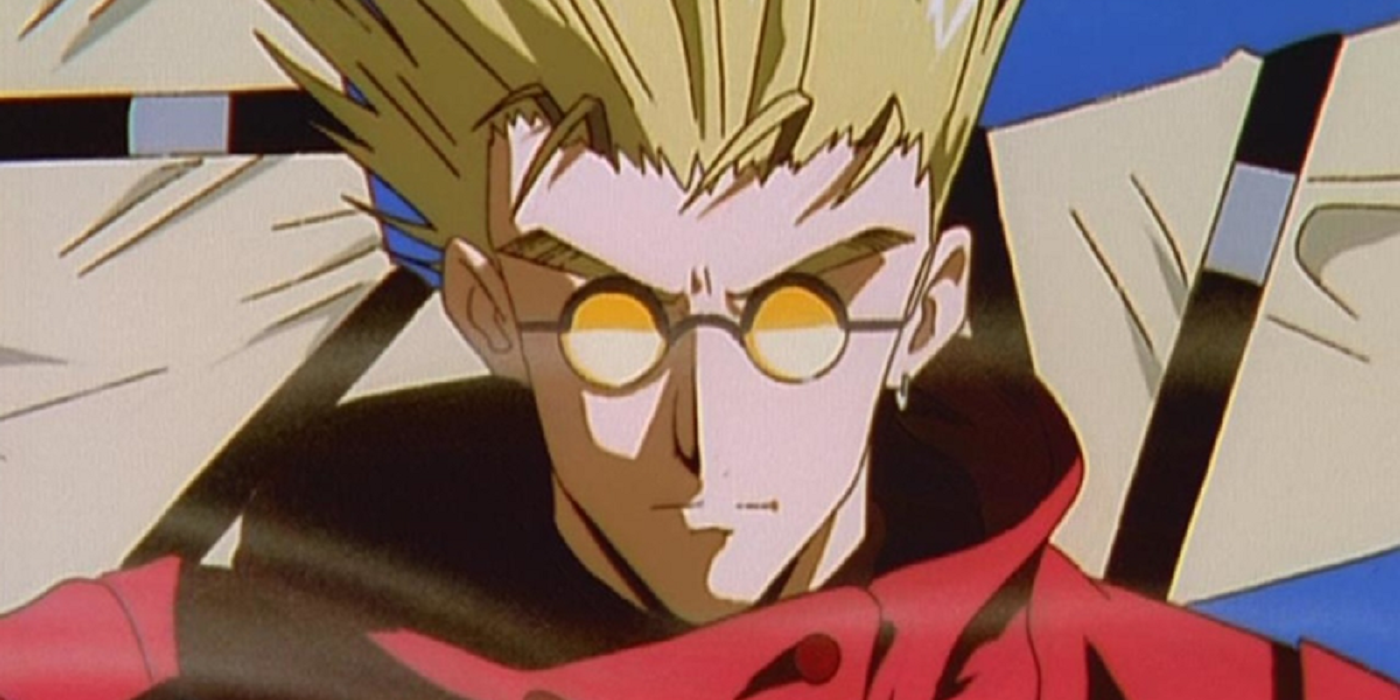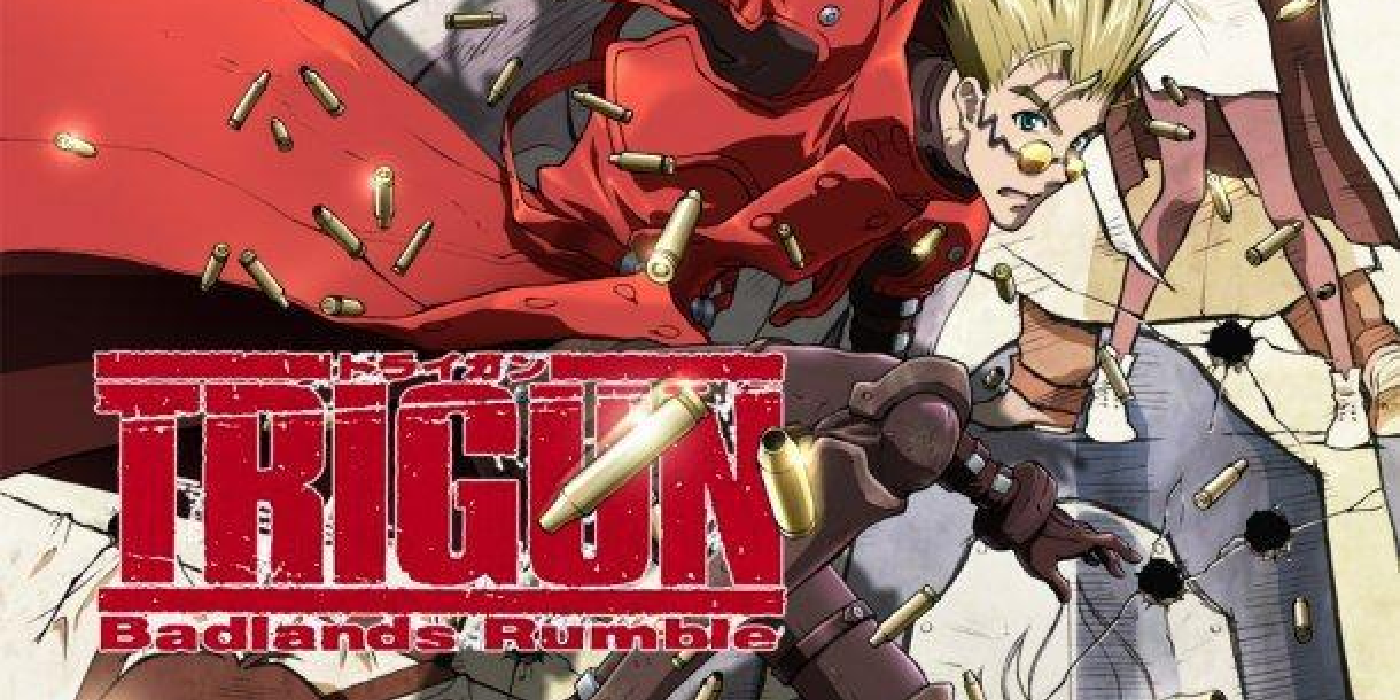Recently it was announced that there is a new Trigun anime series, Trigun Stampede, set to launch in 2023. With this major announcement, a new wave of interest is set to wash over one of anime's most beloved sci-fi classics. With many anime fans sensing the gravity of this new series announcement, perhaps it is a good time to look into the inner-workings of this well-regarded, often underrated sci-fi franchise. The 1990s were an interesting time for manga and anime. While the 1980s OVA boom had helped to lend space towards more complex and aesthetically-minded anime projects, various manga series were beginning to embrace exploration in a wide range of story techniques and thematic inspirations, most often through the lens of sci-fi and other genre stories. The most famous entries of this ambitious moment remain household anime staples to this day, including Katsuhiro Otomo’s Akira, Hajime Yatate’s Cowboy Bebop and Hideaki Anno’s Neon Genesis Evangelion, there is another iconic entry from the end-of-century sci-fi zeitgeist that has remained more of a close-knit cult classic, the Trigun series created by Yasuhiro Nightow.
Trigun is a “sci-fi western” series that was developed in the 1990s by then-fledgling mangaka Yasuhiro Nightow, and the “western” elements that are sometimes more thematic in Cowboy Bebop are full setting overtones in Trigun (although the two are independent series, Bebop and Trigun have always been seen as spiritual companion pieces). Following the exploits of the infamous-yet-pacifist outlaw Vash the Stampede who takes on criminal heists in a futuristic wasteland, the series is known both for its manga and anime incarnations. Across its various incarnations, the specifics of each entry play a big role in getting the most out of this underrated gem of a series.
The Original Trigun Manga
The initial Trigun manga was serialized for the Monthly Shōnen Captain manga magazine in 1995 and 1996; by the time the magazine had shut down in early 1997, there had been enough for three full volumes of the serial story, published by the magazine’s parent company Tokuma Shoten with extra bonus chapters.
In English, a translation was printed in not three, but two longer volumes by Dark Horse Comics in 2003. The manga’s translations from Dark Horse are still available, also taking digital availability in more recent years.
Trigun Maximum: The Longer “Sequel” with a Different Name
Because the shōnen manga magazine printing the original Trigun series had closed in 1997, Nightow was approached by another legendary manga publication, Yangu Kingu Awāzu. While the new publication was interested in starting a new series for their older demographic, Nightow’s interest in continuing the unfinished saga of Trigun led to its continuation under a new name, Trigun Maximum. While the target demographic for the magazine was typically a little more mature, Nightow has stated that there was little to no difference in the content beyond just continuing the story as he saw fit.
Perhaps ironically, Trigun Maximum has braved serialization for considerably longer than the original Trigun, going from another decade of 1998-2008. Translations are readily available by Dark Horse similarly to the original, and they’re collected in 14 volumes for a total of 17 between Trigun and Trigun Maximum.
The Trigun Anime Series (And New Series Announcement)
For many fans, the Trigun anime is the quintessential iteration of the franchise. Produced by the Madhouse anime studio as the manga was getting ready for its new rebranding, the 26-episode TV series began airing in Japan only weeks before the relaunch of the manga under the Maximum moniker. The 26-episode anime is well-regarded for its animation quality and attention to setting detail, something that elevates the “sci-fi western” to its full potential. The series is currently available to stream in its entirety on Hulu, with individual episodes also available for purchase on Amazon video.
The anime is regarded to respectably adhere to the source manga both in terms of its plot arcs and its tone, although there is a recurring judgment among fans that the manga goes into more complex, plot-intensive details while anime makes the most out of its comedic dialogue. Likewise, the series has a strong reputation for its soundtrack(s), which feature compositions by Japanese guitarist Tsuneo Imahori and are available in three separate Japanese releases.
In June 2022 it was announced that there is going to be a new anime series, Trigun Stampede, animated by Studio Orange with the involvement of Nightow. More information on this new project is set to be unveiled at Anime Expo 2022 in Los Angeles this July, and it's sure to invigorate the fandom of this anime classic.
Trigun: Badlands Rumble
Lastly, the success of the Trigun anime prompted the creation of a feature-length film, Trigun: Badlands Rumble, that was released in 2010. The first piece of Trigun media since the completion of the manga in 2008, the film is a strong dose to, perhaps even a good introduction to, the series’ endearing balance of action and comedy. The animation is similarly handled by Madhouse, with strong 2D animation only sometimes interspersed with semi-noticeable CGI during the more dynamic action sequences. Badlands Rumble is widely available, streaming on Hulu, free on Tubi in its English dub, and with both dubs and subs available to stream on Crunchyroll.
If you’re interested in giving the Trigun franchise a go, Badlands Rumble may prove to be the strongest and most approachable starting point. Those who want to see more of the world and dynamics would enjoy the anime, and fans who want more plotting and involved characterizations would take a liking to the anime. The franchise is regarded by its fans to be very consistent across its different iterations, perhaps excepting the vaporware PS2 game that was announced by Bandai Namco in 2002 and never came out, despite having technically never been officially canceled. Safe to say, you should be able to weave your way through the franchise before we ever see more of that part.

